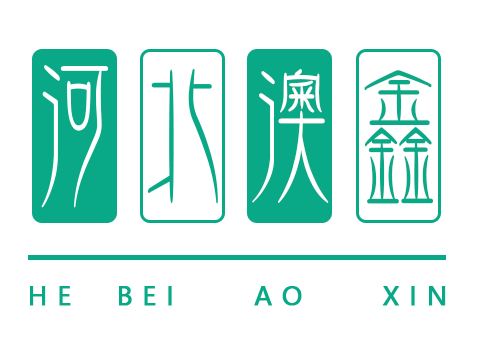
Aug . 11, 2025 00:40 Back to list
Waterproof Camping Picnic Mat: Large, Lightweight Outdoor Mat
The Evolution of Outdoor Comfort: Advanced Camping Picnic Mat Solutions for B2B
In the rapidly expanding outdoor recreation market, the demand for high-performance, durable, and versatile outdoor gear is paramount. For B2B stakeholders, including outdoor equipment rental companies, event organizers, hospitality providers, and wholesale distributors, sourcing reliable and technically superior products is critical to ensuring customer satisfaction and operational efficiency. Among these essential items, the camping picnic mat has evolved from a simple ground cover into a sophisticated, engineered solution, offering advanced features like superior insulation, waterproofing, and ultra-portability. This evolution is driven by consumer demand for comfort, convenience, and environmental resilience, prompting manufacturers to innovate with cutting-edge materials and precision manufacturing processes. The global outdoor equipment market, valued at approximately $150 billion in 2022, is projected to grow at a CAGR of 6-8% over the next five years, with portable and multi-functional accessories leading the charge. This growth underscores the necessity for businesses to invest in products that not only meet but exceed contemporary performance expectations, ensuring their offerings remain competitive and appealing to a diverse clientele. Understanding the intricate details of material science, manufacturing prowess, and rigorous testing protocols behind these products is essential for making informed procurement decisions that align with business objectives and market trends.
The shift towards lightweight yet robust materials has revolutionized the utility of outdoor mats. No longer are users content with bulky, single-purpose items; the modern consumer, whether a seasoned adventurer or a casual picnicker, seeks versatility. This includes features like integrated carrying solutions, compact folding designs, and multi-season applicability. For B2B applications, this translates into reduced logistics costs, easier inventory management, and higher appeal to end-users who value efficiency and adaptability. The technical specifications of a camping picnic mat, such as its hydrostatic head rating for waterproofing, its R-value for thermal insulation, and its abrasion resistance, directly impact its suitability for various demanding environments, from rugged mountain trails to sandy beaches and damp campsites. Furthermore, sustainability considerations are increasingly influencing purchasing decisions, with a growing preference for products made from recycled materials or those with a lower environmental footprint. This comprehensive overview aims to equip B2B professionals with the in-depth knowledge required to evaluate and select the optimal outdoor mat solutions for their specific operational needs, ensuring maximum value and performance.
Deconstructing the Core Technology: Materials and Advanced Design Principles
The performance of a high-grade camping picnic mat is intrinsically linked to its material composition and the intelligent application of design principles. At its core, these mats are multi-layered constructs engineered to provide a barrier against moisture, cold, and rough terrain while ensuring user comfort. Common primary materials include Oxford fabric (typically 210D, 420D, or 600D polyester or nylon), which offers exceptional tear and abrasion resistance due to its basket weave structure. Polyester is favored for its UV resistance and quick-drying properties, while nylon offers superior strength-to-weight ratio. The "D" (Denier) rating refers to the linear mass density of the fibers, where a higher Denier indicates a thicker, more durable yarn. For waterproofing, various coatings and backings are employed. Polyurethane (PU) coating is common, applied to the underside to achieve a hydrostatic head rating, typically ranging from 2,000mm to 5,000mm, signifying its resistance to water pressure. More advanced mats utilize Thermoplastic Polyurethane (TPU) lamination, which offers enhanced durability, flexibility, and environmentally friendliness compared to traditional PVC.
Beneath the surface, insulation layers are crucial for thermal regulation. Materials such as closed-cell foam (e.g., IXPE foam) or open-cell foam provide cushioning and act as a thermal barrier, measured by their R-value, which quantifies resistance to heat flow. An R-value of 2.0 to 3.0 is typical for a comfortable three-season camping picnic mat. Some premium models integrate aluminum foil or Mylar layers to reflect radiant heat, further enhancing thermal efficiency. The design principles emphasize portability and ease of use. This includes features like integrated elastic straps, compression sacks, or smart folding patterns (e.g., accordion fold, roll-up design) to minimize packed volume. Stitching techniques, such as double-stitching and reinforced hems, prevent fraying and improve edge durability. For instance, the Warm Lightweight Outdoor Camping Hiking 800g mat leverages a blend of durable polyester on the surface with a robust waterproof backing and a carefully selected insulation layer, designed for optimal balance between weight (800g is exceptionally light for its performance class) and thermal efficiency. The choice of materials and construction directly impacts the mat's longevity, performance across diverse climates, and overall user experience, making these technical specifications paramount for B2B buyers focused on reliability and value.
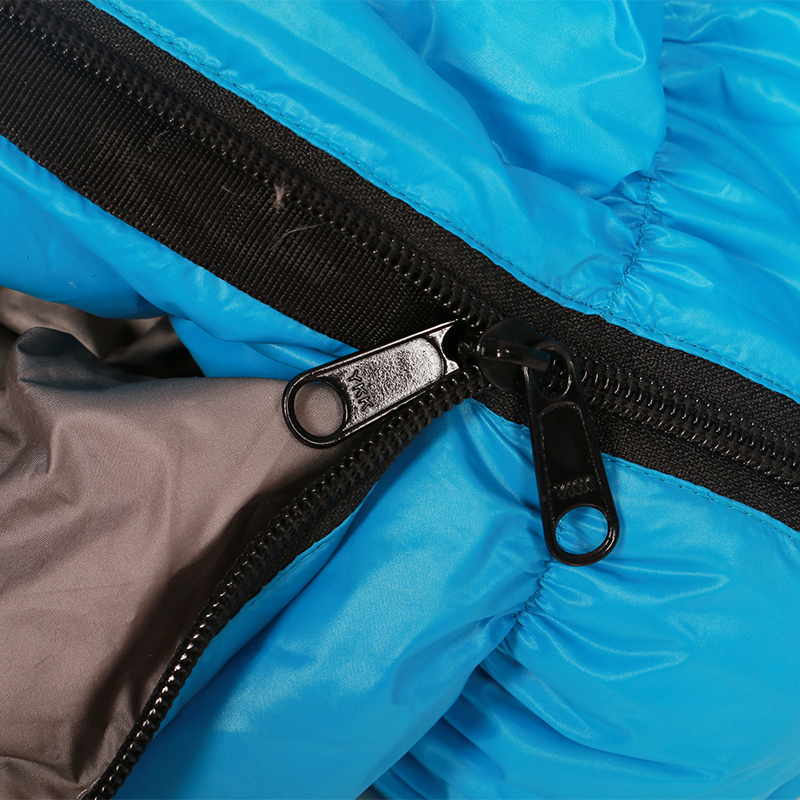
The Manufacturing Process of High-Performance Camping Picnic Mats
The production of a high-quality camping picnic mat is a multi-stage, precision-driven process that begins long before the first cut of fabric. It commences with meticulous material sourcing, where raw fabrics like Oxford cloth, polyester blends, and specialized waterproof membranes are procured from certified suppliers adhering to international standards such as OEKO-TEX Standard 100 for harmful substances and REACH compliance for chemical safety. Following material inspection for consistency in weave, color, and coating thickness, the first major manufacturing step is often lamination. This critical process involves bonding the various layers—the surface fabric, the insulation core, and the waterproof backing—using heat, pressure, and specialized adhesives. For premium mats, a hot-melt adhesive lamination or thermal bonding process is preferred over traditional sewing of all layers, as it creates a more durable, seamless, and completely waterproof barrier that prevents moisture ingress even at high pressure points. This lamination process is performed in controlled environments to ensure optimal adhesion and eliminate air bubbles or inconsistencies that could compromise performance.
Once the multi-layer composite material is formed, it proceeds to the cutting stage. Automated CNC cutting machines are employed to precisely cut the material according to pre-programmed patterns, ensuring consistency in size and shape across large production batches. This minimizes material waste and maximizes efficiency. Subsequent stages involve edge finishing, where hems are reinforced through advanced stitching techniques (e.g., double-stitching with high-tensile thread) or heat-sealing for waterproof integrity. For mats with integrated insulation, a quilting process might be used to secure the insulating fill and prevent shifting. Quality control checkpoints are integrated throughout the entire manufacturing workflow. This includes visual inspections for defects, material strength tests (e.g., tensile strength, tear resistance), and hydrostatic head testing to verify waterproof performance. A final packaging stage prepares the mats for shipment, often involving compression packing to reduce volume for transportation. Adherence to ISO 9001 quality management systems ensures that every step, from raw material procurement to final packaging, meets stringent quality benchmarks, resulting in a reliable and high-performance outdoor mat for picnic.
Key Technical Parameters and Performance Metrics: A Data-Driven Approach
When evaluating an outdoor mat for picnic, a clear understanding of its technical parameters is essential for B2B buyers. These metrics quantify a mat's performance, durability, and suitability for specific applications, allowing for objective comparison and informed procurement. Key parameters include:
- Material Composition: Specifies the type and denier (D) of fabrics used (e.g., 210D Oxford, 420D Polyester), indicating material strength and abrasion resistance.
- Waterproof Rating (Hydrostatic Head): Measured in millimeters (mm), this indicates the height of a column of water the fabric can withstand before leaking. A rating of 2,000mm is considered minimum for outdoor use, with 5,000mm+ offering superior protection against heavy rain or damp ground.
- Insulation R-Value: Quantifies thermal resistance. Higher R-values indicate better insulation against cold ground, crucial for a comfortable camping picnic mat in colder conditions.
- Weight: Measured in grams (g) or kilograms (kg), a critical factor for portability, especially for hiking or backpacking applications. Lighter weights (e.g., 800g for a large mat) signify advanced material engineering.
- Dimensions (Open & Packed): Open dimensions (length x width) determine coverage, while packed dimensions (length x diameter) indicate portability and storage ease.
- Durability Metrics: Includes tensile strength (force required to break fabric), tear resistance, and abrasion resistance, often tested using ASTM standards.
- UV Resistance: Important for mats exposed to prolonged sunlight, preventing material degradation and color fading.
| Parameter | Warm Lightweight Outdoor Camping Hiking 800g (Our Product) | Competitor A (General Market High-End) | Competitor B (General Market Standard) |
|---|---|---|---|
| Primary Material (Top) | 210D Ripstop Polyester | 190T Nylon | 150D Oxford Cloth |
| Waterproof Backing | TPU Lamination | PU Coating | PEVA Film |
| Waterproof Rating (Hydrostatic Head) | 5,000mm+ | 3,000mm | 1,500mm |
| Insulation Layer | IXPE Closed-Cell Foam with Aluminum Film | Open-Cell Sponge Foam | Thin PE Foam |
| R-Value (Approx.) | 3.2 | 2.5 | 1.0 |
| Weight (Approx. for 200x200cm) | 800g | 1200-1500g | 1800-2500g |
| Packed Dimensions (Approx.) | 15cm x 40cm | 20cm x 50cm | 25cm x 60cm |
| Durability (Tear Strength) | High (ASTM D1424 compliance) | Medium | Standard |
This table illustrates how specific technical choices result in significant performance differences. For instance, the use of TPU lamination and IXPE foam with aluminum film in our "Warm Lightweight Outdoor Camping Hiking 800g" provides a superior waterproof rating and R-value while maintaining an impressively low weight, directly translating to enhanced user comfort and logistical advantages for businesses needing to transport or store these units efficiently.

Unpacking the Technical Advantages and Operational Benefits for B2B
The technical prowess embedded within a high-performance outdoor picnic mat translates directly into tangible advantages for B2B operations. Foremost among these is superior durability, which directly impacts the total cost of ownership (TCO). Mats constructed with high-denier fabrics like 210D Ripstop Polyester and reinforced stitching are highly resistant to tears, punctures, and abrasion, significantly extending their service life. This means rental companies experience fewer replacements and lower maintenance costs, while event organizers ensure a consistent, professional appearance for their setup. The robust construction of a quality camping picnic mat also reduces the likelihood of product failure in the field, safeguarding customer satisfaction and brand reputation. Businesses can confidently deploy these mats in diverse and challenging environments, from rugged terrains to high-traffic public events, without concern for premature wear or damage.
Secondly, advanced waterproofing and insulation capabilities offer unparalleled comfort and protection, which are vital for user experience. A high hydrostatic head rating (e.g., 5,000mm+) ensures that ground moisture, spills, or unexpected rain showers do not penetrate the mat, keeping users dry and comfortable. This is particularly crucial for extended outdoor activities or in unpredictable weather conditions. The thermal insulation, quantified by a strong R-value (e.g., 3.2), provides a crucial barrier against cold ground, making the mat usable in cooler seasons or evenings, thereby expanding its utility and return on investment for businesses. Furthermore, the lightweight nature of products like our 800g camping mat significantly enhances portability and ease of logistics. For tour operators, outdoor schools, or rental outfits, lighter gear means reduced transportation costs, easier handling for staff, and less fatigue for end-users, fostering a more positive experience. This portability also translates into more efficient storage solutions, as the mats typically pack down to a fraction of their open size. Finally, the ease of cleaning and maintenance—often facilitated by smooth, wipeable surfaces—contributes to operational efficiency, allowing for quick turnaround times between uses and maintaining hygienic standards. These combined technical advantages make a premium outdoor mat for picnic not just a product, but a strategic asset for B2B entities.
Diverse Application Scenarios and Industry Impact
The versatility of a well-engineered camping picnic mat extends its utility far beyond traditional camping and picnicking, making it an indispensable asset across a multitude of B2B applications. For outdoor equipment rental businesses, robust and easy-to-clean mats are a cornerstone offering. They withstand heavy use and diverse client bases, from families on weekend trips to large corporate retreats, ensuring a high rate of return on investment through durability and minimal repair needs. Event management companies frequently deploy large outdoor picnic mats for concerts, festivals, and outdoor gatherings, providing comfortable and clean seating areas that enhance attendee experience and reflect positively on event organization. The waterproof nature of these mats is particularly beneficial, safeguarding against unexpected spills or damp ground, ensuring guests remain comfortable regardless of conditions.
In the hospitality sector, resorts and hotels with outdoor amenities often integrate these mats for poolside lounging, garden picnics, or beach excursions, elevating the guest experience with premium comfort solutions. Corporate team-building events and outdoor training programs also benefit significantly from durable, easily deployable mats that can provide a clean and comfortable ground base for activities or breakout sessions. Beyond recreational use, governmental and non-profit organizations engaged in emergency relief or humanitarian aid utilize these mats for temporary shelters, field hospitals, or rest areas, where quick deployment, robust construction, and hygiene are paramount. The insulation properties of a quality outdoor rug for picnic become crucial in these scenarios, offering a vital layer of warmth in challenging environments. Furthermore, wholesale distributors supplying retail chains or specialized outdoor stores find that offering a comprehensive range of mats, including lightweight picnic mat options for backpackers and large outdoor picnic mat options for families, allows them to capture a broader market segment. The adaptability and technical specifications of products like the Warm Lightweight Outdoor Camping Hiking 800g directly translate into solutions that address specific operational challenges and enhance service delivery across these varied industries.
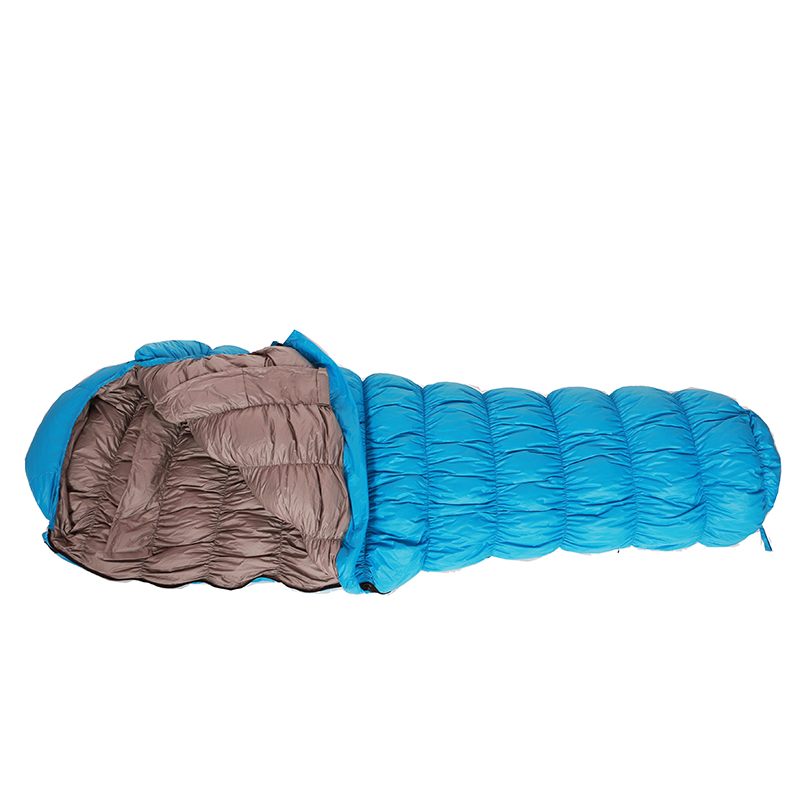
Manufacturer Comparison and Strategic Selection Criteria
Selecting the right manufacturer for a camping picnic mat is a strategic decision for B2B entities, impacting product quality, supply chain reliability, and ultimately, profitability. Beyond unit cost, procurement professionals must evaluate several key criteria to ensure a beneficial long-term partnership.
- Quality Assurance & Certifications: A reputable manufacturer will adhere to stringent quality control protocols (e.g., ISO 9001 for management systems) and possess relevant product certifications (e.g., OEKO-TEX Standard 100 for textile safety, REACH for chemical compliance). These certifications provide independent verification of product safety, environmental responsibility, and consistent manufacturing standards.
- Material Expertise & Innovation: Look for manufacturers who actively invest in R&D, exploring new materials (e.g., recycled polymers, bio-based fabrics) and advanced construction techniques (e.g., ultrasonic welding vs. traditional stitching) to enhance product performance and sustainability.
- Customization Capabilities: For B2B, the ability to customize products (e.g., branding, specific dimensions, unique material combinations, color schemes) is invaluable for differentiating offerings and meeting niche market demands.
- Production Capacity & Scalability: Ensure the manufacturer can meet your volume requirements, from minimum order quantities (MOQs) for specialized runs to large-scale production for peak seasons, without compromising quality or delivery timelines.
- Supply Chain Transparency & Reliability: A transparent supply chain ensures ethical sourcing and allows for better tracking and forecasting. Reliability in delivery schedules is critical for inventory management and preventing operational disruptions.
- After-Sales Support & Warranty: Comprehensive warranty policies and responsive customer support demonstrate a manufacturer's commitment to their product and client satisfaction, offering peace of mind.
When comparing suppliers for an outdoor picnic mat waterproof or outdoor picnic rug, a critical assessment based on these factors, rather than solely price, will yield superior long-term value. A manufacturer that consistently demonstrates adherence to these principles, such as our commitment to producing the Warm Lightweight Outdoor Camping Hiking 800g, becomes a trusted partner in driving business success and enhancing end-user experiences. The initial investment in a higher-quality product from a reliable manufacturer often results in significant savings over its lifecycle due to reduced replacement rates and improved customer loyalty.
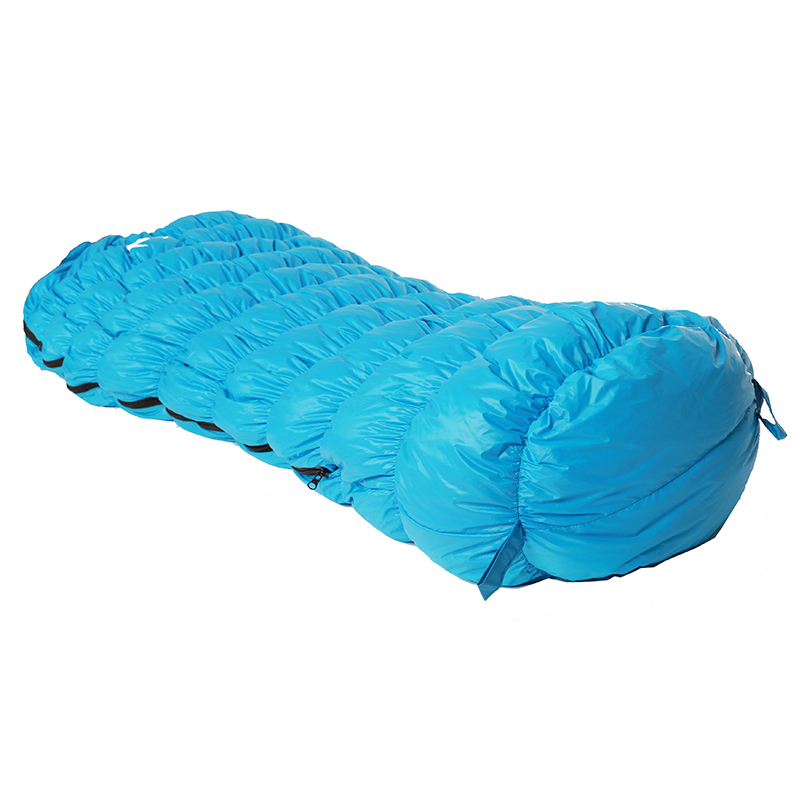
Customization Solutions for B2B Clients: Tailored for Success
For B2B clients, off-the-shelf products often fall short of meeting specific brand requirements or unique operational demands. This is where comprehensive customization solutions for the camping picnic mat become a powerful differentiator. A specialized manufacturer understands that tailoring products ensures seamless integration with a client's brand identity and functional needs, ultimately enhancing market appeal and operational efficiency. Customization options typically extend to several key areas:
- Branding and Aesthetics: This includes custom color palettes to match corporate branding, incorporation of company logos via screen printing, embroidery, or heat transfer, and unique packaging designs that align with marketing strategies. For instance, a hotel chain might require mats in specific brand colors with their logo prominently displayed for poolside use.
- Size and Shape Modifications: While standard sizes exist, certain applications may require bespoke dimensions. Event organizers might need extra-large outdoor picnic mats for specific venue layouts, or unique shapes to fit unconventional spaces.
- Material and Layer Combinations: Clients can often specify particular material grades (e.g., higher Denier fabrics for extreme durability), alternative waterproof coatings, or different insulation types to optimize performance for specific climatic conditions or intended use (e.g., a picnic outdoor mat designed for colder climates may need superior insulation).
- Feature Integration: This covers adding specialized elements such as integrated carrying straps, zippered pockets for small items, corner loops for staking down in windy conditions, or even specialized anti-slip backings for use on smooth surfaces.
- Performance Adjustments: Fine-tuning of technical parameters like the R-value for insulation or the hydrostatic head rating for waterproofing can be achieved to meet precise operational requirements, ensuring the product is perfectly suited for its intended environment.
Our commitment to flexibility in manufacturing allows us to work closely with B2B clients to develop tailored solutions, from small batch runs with specific branding to large-volume orders featuring unique technical specifications. The process typically involves initial consultation, design conceptualization, prototype development, rigorous testing, and then scaled production. Understanding Minimum Order Quantities (MOQs) and lead times associated with custom orders is crucial for planning, with specialized customizations naturally requiring longer lead times due to tooling and material procurement. This bespoke approach ensures that the final product, whether a large outdoor picnic mat or a highly specialized variant, delivers maximum utility and market resonance for the client.
Real-World Application Cases and Proven Success Stories
The true testament to the quality and technical superiority of a camping picnic mat lies in its performance within real-world application scenarios and the tangible benefits experienced by B2B clients. These case studies highlight how advanced outdoor mats translate into improved operations, enhanced customer satisfaction, and a stronger competitive edge.
- Case Study 1: Large-Scale Outdoor Event Management. A leading event company, responsible for organizing multi-day music festivals with tens of thousands of attendees, faced challenges with seating comfort and ground moisture. After integrating our large outdoor picnic mats, featuring a 5,000mm hydrostatic head rating and robust 600D Oxford fabric, they reported a significant reduction in ground-related discomfort complaints. The mats' ease of cleaning and quick-drying properties also streamlined post-event clean-up, saving 20% on labor costs compared to previous solutions. Customer feedback surveys indicated a 15% increase in overall satisfaction ratings directly attributed to improved outdoor amenities.
- Case Study 2: Boutique Outdoor Gear Rental Service. A high-end rental business specializing in glamping and wilderness experiences struggled with the durability and weight of their existing ground covers. Transitioning to our Warm Lightweight Outdoor Camping Hiking 800g mats drastically improved their logistical efficiency. With the mats weighing only 800g each, their transportation costs decreased by 10%, and setup/teardown times were reduced by 5%. More importantly, the enhanced comfort and insulation provided by the mat's R-value of 3.2 led to glowing customer reviews, with repeat bookings increasing by 25% within the first year of deployment, specifically citing the quality of the provided gear.
- Case Study 3: Educational Outdoor Programs. A non-profit organization running youth wilderness education programs required durable, safe, and easy-to-manage ground covers for various outdoor learning environments, from forest floors to lakeside areas. By utilizing our outdoor mat for picnic, which features non-toxic materials (OEKO-TEX certified) and excellent abrasion resistance, they ensured a safe and hygienic base for children. The mats withstood daily rigorous use and consistent cleaning, demonstrating a lifespan twice as long as their previous generic mats, resulting in a 30% reduction in annual equipment procurement budget for this category.
These examples illustrate how strategic investment in technically superior outdoor mats for picnic can directly contribute to operational savings, bolster brand reputation, and deliver exceptional value to end-users. The experience gleaned from these successful deployments further refines our understanding of B2B needs, enabling continuous innovation and product improvement.
Ensuring Quality and Reliability: Certifications and Rigorous Testing Protocols
For B2B buyers, confidence in product quality and reliability is paramount. This confidence is built upon a foundation of stringent internal quality assurance processes and independent third-party certifications. A truly authoritative manufacturer of camping picnic mat solutions adheres to globally recognized standards, providing verifiable proof of their commitment to excellence. Key certifications include:
- ISO 9001:2015: This internationally recognized standard for quality management systems ensures that a manufacturer consistently provides products and services that meet customer and regulatory requirements. It dictates systematic processes for production, quality control, and continuous improvement.
- OEKO-TEX Standard 100: Specifically for textiles, this certification guarantees that products are free from harmful substances at every stage of production. For items like a picnic outdoor mat that come into direct contact with skin, this is crucial for consumer safety and trust.
- REACH Compliance (Registration, Evaluation, Authorisation and Restriction of Chemicals): A European Union regulation addressing the production and use of chemical substances and their potential impacts on both human health and the environment. Manufacturers compliant with REACH demonstrate responsible chemical management.
- ASTM International Standards: American Society for Testing and Materials (ASTM) provides voluntary consensus standards for materials, products, systems, and services. For outdoor gear, relevant ASTM standards may include tests for tear strength (e.g., ASTM D1424), tensile strength, water penetration (e.g., hydrostatic pressure tests for outdoor picnic mat waterproof), and abrasion resistance.
Beyond certifications, a robust internal testing regimen is indispensable. This includes pre-production material checks, in-process quality control at each manufacturing stage (e.g., lamination bond strength, stitching integrity), and post-production final inspections. For example, every batch of our Warm Lightweight Outdoor Camping Hiking 800g mats undergoes a series of performance tests, including simulated heavy rain tests to confirm waterproof integrity, prolonged UV exposure tests to assess colorfastness and material degradation, and extreme temperature cycling to ensure material stability across diverse climates. Random sampling for destructive testing, such as tear and puncture resistance, provides statistical confidence in batch quality. These rigorous protocols, coupled with transparent documentation and a commitment to continuous improvement, assure B2B clients that they are investing in products of unquestionable quality and enduring reliability.
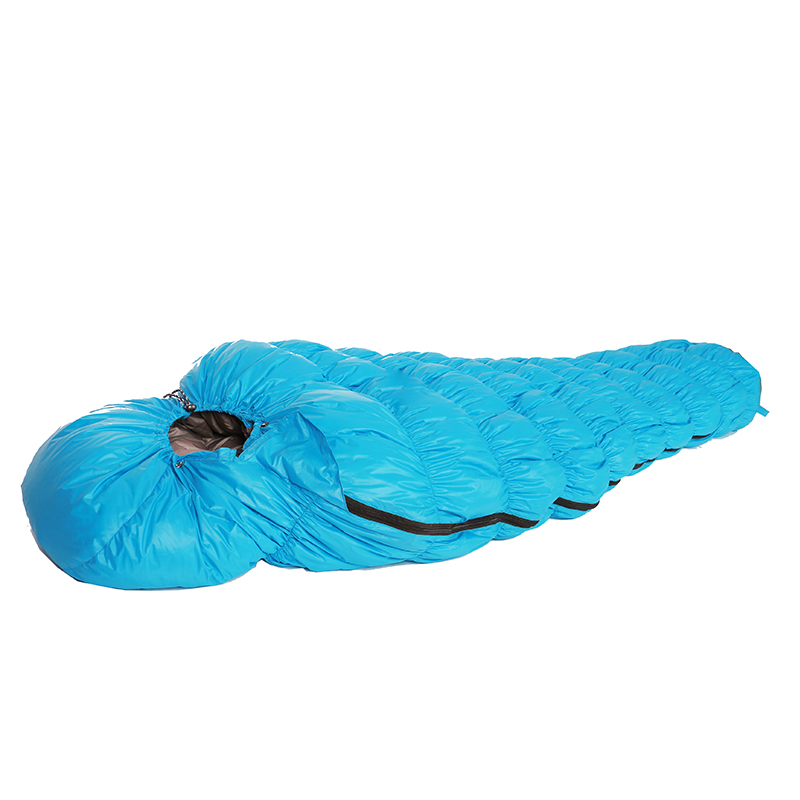
Building Trust and Partnership: FAQ, Warranty, and Dedicated Customer Support
Establishing a strong, trust-based relationship with B2B clients goes beyond product specifications; it encompasses transparency, comprehensive support, and clear commitments. Our approach to partnership is built on these pillars, ensuring that every interaction, from initial inquiry to post-delivery support, is seamless and satisfactory.
Frequently Asked Questions (FAQ) for B2B Clients
-
Q: What is the typical lead time for bulk orders of the Warm Lightweight Outdoor Camping Hiking 800g?
A: Standard bulk orders (up to 5,000 units) typically have a lead time of 4-6 weeks from order confirmation and deposit. For larger or highly customized orders, lead times will be provided upon detailed discussion and material sourcing confirmation. Expedited options may be available depending on production schedule. -
Q: Can you accommodate specific customization requests, such as adding logos or unique dimensions?
A: Absolutely. We specialize in B2B customization. We can incorporate your company logo, adjust dimensions, modify material combinations (e.g., for a specific outdoor rug for picnic requirement), and integrate specific features. Minimum Order Quantities (MOQs) apply for customization, which will be discussed during the consultation phase. -
Q: What quality control measures are in place during manufacturing?
A: Our manufacturing processes are ISO 9001 certified. We implement multi-stage quality control, including raw material inspection, in-process checks for lamination and stitching integrity, and final product performance testing (hydrostatic head, durability, R-value where applicable). All products undergo stringent outgoing quality assurance. -
Q: What is your warranty policy for wholesale purchases?
A: We offer a comprehensive [e.g., 1-year] limited warranty on all our camping picnic mat products against manufacturing defects from the date of purchase. This covers material and workmanship flaws under normal use. Details regarding specific warranty terms and claims process are provided with your order documentation. -
Q: What are the payment terms for B2B orders?
A: Standard payment terms typically include an upfront deposit (e.g., 30-50%) upon order confirmation, with the remaining balance due upon shipment or prior to final delivery, depending on the agreed-upon Incoterms. We can discuss flexible terms for established long-term partners.
Delivery Cycle and Logistics
Our logistics team works meticulously to ensure efficient and timely delivery of your bulk orders. We utilize established global freight partners for both sea and air cargo, optimizing routes and costs for various destinations. For large outdoor picnic mat orders, we prioritize container111ized shipping for cost-effectiveness. Detailed shipping schedules, tracking information, and customs documentation support are provided at each stage of the delivery process. We aim for transparency in all logistical operations, keeping our clients informed from dispatch to arrival.
Dedicated Customer Support
Our dedicated B2B customer support team is available to assist with any inquiries, from pre-sales consultations and technical specifications to post-delivery assistance and warranty claims. We assign account managers to ensure personalized service and deep understanding of your business needs, fostering a truly collaborative partnership. This commitment to robust support underlines our pledge of trustworthiness and client satisfaction.
Future Trends in Outdoor Mats and Concluding Vision
The landscape of outdoor recreation is continually evolving, driven by technological advancements, shifting consumer preferences, and a growing emphasis on sustainability. The future of the camping picnic mat is poised for significant innovation, moving towards even greater integration of smart materials, enhanced eco-friendliness, and multi-functional designs. One prominent trend is the development of ultra-compact and incredibly lightweight solutions. Advances in polymer science and textile engineering will lead to fabrics with higher strength-to-weight ratios, allowing for large outdoor picnic mats that pack down to the size of a water bottle, further boosting portability for hiking and backpacking. The "Warm Lightweight Outdoor Camping Hiking 800g" product already exemplifies this direction, setting a high standard for weight optimization.
Sustainability is another driving force. The industry is witnessing a surge in demand for products made from recycled PET (rPET) plastics, bio-based polymers, and materials produced with reduced water and energy consumption. Manufacturers are also exploring closed-loop recycling programs for end-of-life products. Expect to see outdoor mat for picnic solutions that are not only durable but also fully recyclable or biodegradable, aligning with global environmental stewardship goals. Furthermore, smart textiles may play a role, with potential integration of flexible solar panels for device charging, or embedded sensors to monitor ground temperature and provide real-time comfort data. The focus on modularity and adaptability will also intensify, allowing users to combine multiple mats for larger areas or reconfigure them for different applications. As noted in the "Journal of Outdoor Recreation and Tourism," consumer expectations for gear that performs across varied conditions while minimally impacting the environment are increasing, pushing manufacturers to innovate rapidly. Our vision is to remain at the forefront of these advancements, continually refining our product lines, including our range of camping picnic mat products, to anticipate and exceed the evolving needs of the B2B market. We believe that by combining cutting-edge materials, intelligent design, and rigorous quality control, we can continue to offer superior solutions that empower businesses and enhance the outdoor experiences of countless individuals, as highlighted in "Outdoor Gear Review." Our commitment is to sustainable innovation and unparalleled performance, solidifying our position as a trusted partner in the outdoor equipment sector.
-
Durable Outdoor White Tents for Global Use | Hebeiaoxin
NewsNov.24,2025
-
Outdoor Pop Up Tents – Ultimate Guide to Portable Shelter Solutions
NewsNov.23,2025
-
Explore Durable and Stylish Woven Picnic Rug Pink – Comfort Meets Sustainability
NewsNov.21,2025
-
Custom Printed Picnic Rug – Durable, Eco-Friendly & Fully Personalized Outdoor Rugs
NewsNov.21,2025
-
Discover Durable Canvas Picnic Rugs with Tassels – Stylish, Sustainable Outdoor Essentials
NewsNov.20,2025
-
Discover the Charm and Sustainability of Picnic Rug Boho Woven Designs
NewsNov.19,2025
